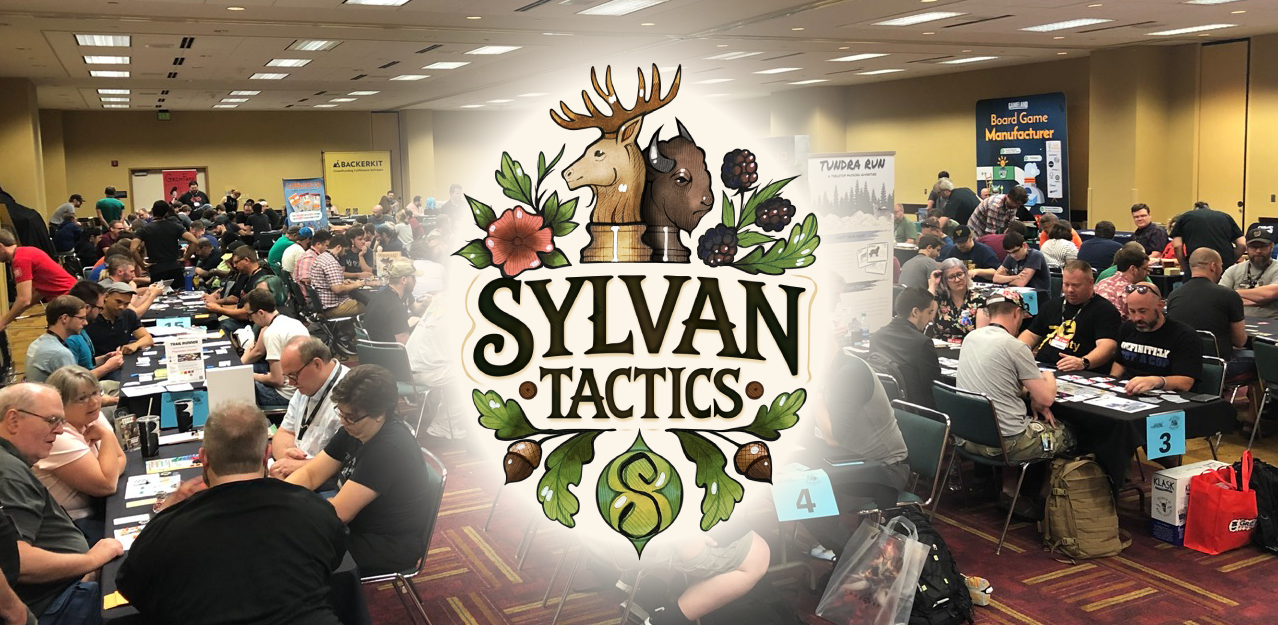
Bringing Sylvan Tactics to Gen Con: Our First Exposure Playtest Hall Debut

Playtesting with Big Changes: Faster Turns, Better Flow, and Smarter Resources

Come Playtest Sylvan Tactics at Protospiel Kansas City!

Sylvan Tactics: Official Rules Reveal and Card Gallery Preview

